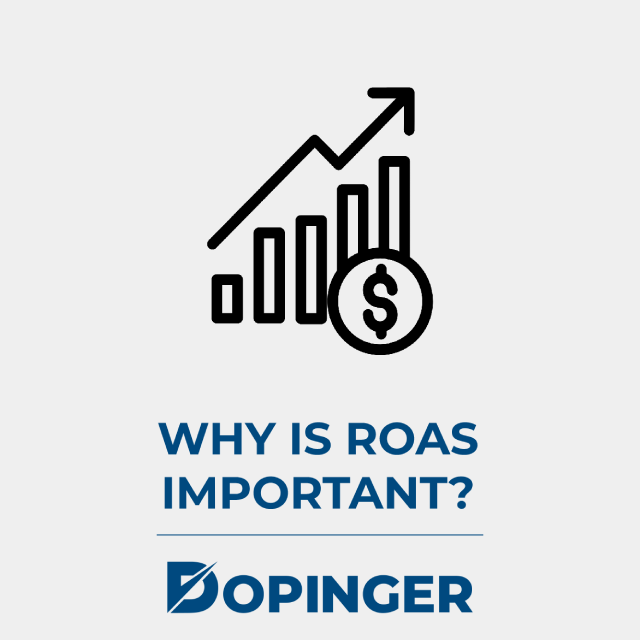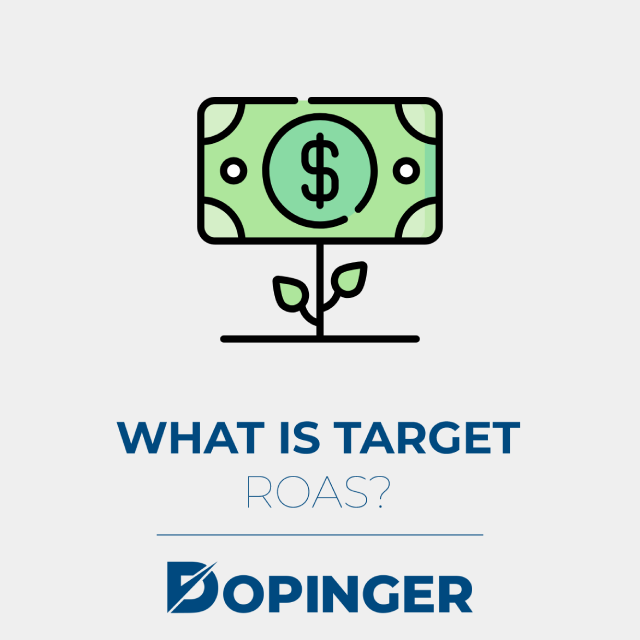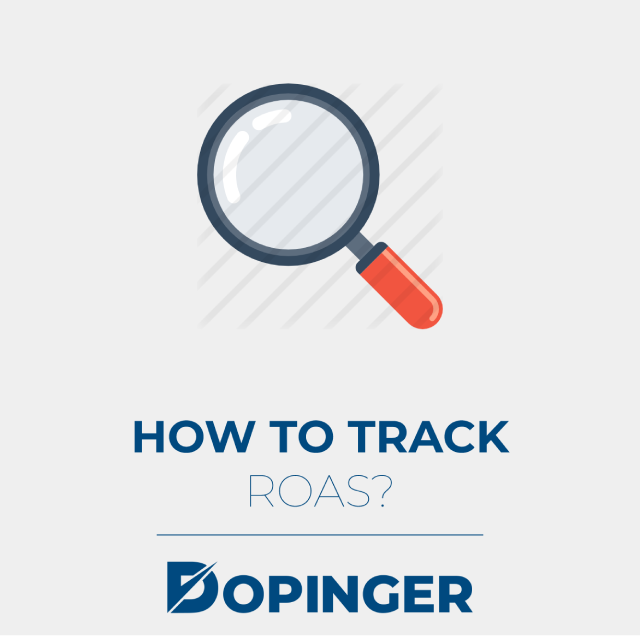In the current century, we see that companies allocate a significant budget for advertising. It is a way to sell more products and reach more people. Ad spends a substantial amount for any business. Calculating the revenue generated by ad spend will explain how good and successful the campaign is. ROAS refers to this process. ROAS (Return On Ad Spend) is a metric that shows you the return of the ad you run. With the ROAS metric, you can efficiently manage the performance of your ads. Your earning is the proportion of the advertising cost you make.
How to Calculate ROAS
So how is ROAS calculated? Special formula has been developed for this. For ROAS, the turnover is divided by the ad spend and then multiplied by 100%. In this way, it is revealed how much income has been earned. For the first channel, there is a spend of 3,000 $ and a turnover of 4,500 $. Expenditure for the other channel is $ 2000. Let the turnover be 4000 $. The advertising expenditure for the last channel is 5,000 $, and the turnover is 14,000 $.
We can calculate which of these channels earned much more as follows; for the first channel, we are doing (4,500 / 3,000) * 100%. Thus, we have a number like 150 percent. When we do the same on the second channel, the result is 200 percent: (4,000 / 2,000) * 100% = 200%. We follow this method for the third and last channel as well. We do 7000/2500 * 100%, and the result is 280%.
So the first channel has a ROAS value of 150 percent, the second 200 percent, and the last 280 percent. Among them, it is the third channel with the greatest value. That is 280 percent. Thus, when investing, it will be the most logical choice to direct to this channel and provide transfers through it. If the figure we obtained is below 1 before multiplying with 100%, that is, if it is multiplied by 100%, a result such as 50%, 60% is obtained; It means that you earn a lower income than the investment you made as a result of the campaign, and you can cover 50%, 60% of your investment. So your advertising campaign has failed, it has been damaged.

Why is ROAS Important?
PPC spending is extremely important for companies in the industry. Investments made and money paid for advertising must necessarily find a response. A special calculation technique has been developed for this. Thanks to the ROAS, whose definition and calculation method I have briefly given above, performance measurement for all kinds of different marketing channels is successfully performed. In this way, channels that can be efficient are found and analyzed. After that, necessary improvements are made. Then the budget can be allocated. After the calculation in Google ADS, ROAS can be applied as a campaign, keyword, or ad group. It is possible to increase the profit share with the optimizations to be made.
What to Consider When Using ROAS?
ROAS is not very difficult to use. There are some points to be aware of, and also, it’s important to remember that each product has its own profit margin. The profit from the sale of a pen and television will never be the same. It is necessary to pay attention and know how much volume is needed. You have to decide correctly where expenses and time should focus. It will not be difficult for you to earn a high profit in this way.
Some products sold in the market are not immediately available. The customer does some research on this. After the advertisement, the sale may take a while. Thus, ROAS decreases. The important thing here is to analyze the cycle very well and in a healthy way. If you analyze this cycle well and get help from experts to make improvements, you can see that your turnover and the amount of profit you make has increased significantly.

What Is Target ROAS?
Target ROAS is a bidding strategy. A bidding strategy that allows you to target the revenue you want to earn from ad spend. This strategy helps you drive more conversion value within your target return on ad spend. Your bids are automatically optimized for the target ROAS value you provided during the auction. In short, we can call it targeting based on the revenue you get from your ads.
Average Target ROAS
The cost-weighted average ROAS optimized by your bid strategy is your Average Hedes ROAS. It averages the changes you make to your target at a normal time. As a result, your average target ROAS may differ from the target ROAS you set. In this way, you can measure ROAS for specific time periods where your bid strategy is targeted. You can find this metric in your bid strategy report next to “Real ROAS,” which represents the real ROAS that this bid strategy can achieve. Average target ROAS can be used in both standard and portfolio bid strategies.
To illustrate with an example: Suppose you measure the numbers of your watch selling e-commerce site and want to optimize your bids based on the total value of the shopping cart. Your goal is to get $ 10 worth of sales for every $ 2 you spend on ads. In this case, you set your target ROAS as 500 percent. This means that for every $ 2 you spend on ads, you want to earn 5 times the revenue.

How to Track ROAS
Now that you are an expert at calculating ROAS, you will want to make sure that the data you spend is correct by making sure you are tracking revenue correctly. For e-commerce companies, this will be a straightforward process as you can track which clicks directly lead to which pages are associated with spending on ads and highly relevant for eCommerce companies, so ROAS is the preferred metric used by them. For companies that are not e-commerce companies, the relationship between ad spend and ROAS is a bit more complex and starts with conversion tracking. This can be easily achieved if you use an online platform like Google Ads, Facebook, and Twitter.
Call tracking can be a useful tool to invest in if you want to keep up with the competition in the non-e-commerce space. If you are really focused on doing the best ROAS calculation, you can track conversions in CRM (customer relationship management) software. By using a CRM, you have the ability to collect all your online marketing data for new potential customers. When potential customers are transformed into a new business, you will have the data you need to distinguish which aspects of your marketing strategy contributed to the conversion.
Briefly About ROAS
ROAS is a useful metric for advertising by product. Data such as which product and how much revenue it brings with which advertisement enables our company to make more successful advertising investments. More efficient advertising campaigns can be created by advertising your products according to the demands of the customers. If you want to create an infrastructure before going into details, remember to read our guide on on-page SEO checklist.
Frequently Asked Questions About
A breakeven point is a point where total costs or expenditures in an economy or business are equal to total income. It does not take into account other operating expenses such as costs of goods sold, fixed costs, or general selling costs.
One of the biggest advantages of online advertising is that you can understand which ads are getting clicks and bringing customers. It is difficult to do this with offline ads. How do you know who visited your store because they saw a bulletin board ad? Not easy. ROAS is the best metric left for digital advertising.
ACOS stands for “Advertising Cost of Sales.” It answers the question of what percentage of revenue costs advertising.
Some businesses need a ROAS of 10: 1 to stay profitable, while others can grow significantly with only 3: 1. A business can measure its ROAS target only when it has a defined budget and has pinpointed its profit margins.
The breakeven point is found by subtracting unit variable costs from unit price and dividing the result by fixed costs. When the calculation is made over this formula, the amount of product to be sold is revealed.





No comments to show.